I used to think I could never earn more than what my previous employer paid me — but I was wrong. The world is full of opportunities for those willing to take a chance.
Now, I’m earning $52 per hour or more, and I can easily make at least $1,300 a week. Based on my experience, I believe everyone should try working online — it’s a simple and flexible way to earn money. Here's an example:
Www.Richnow1
5 Earwax Colors That Could Signal a Hidden Health Issue
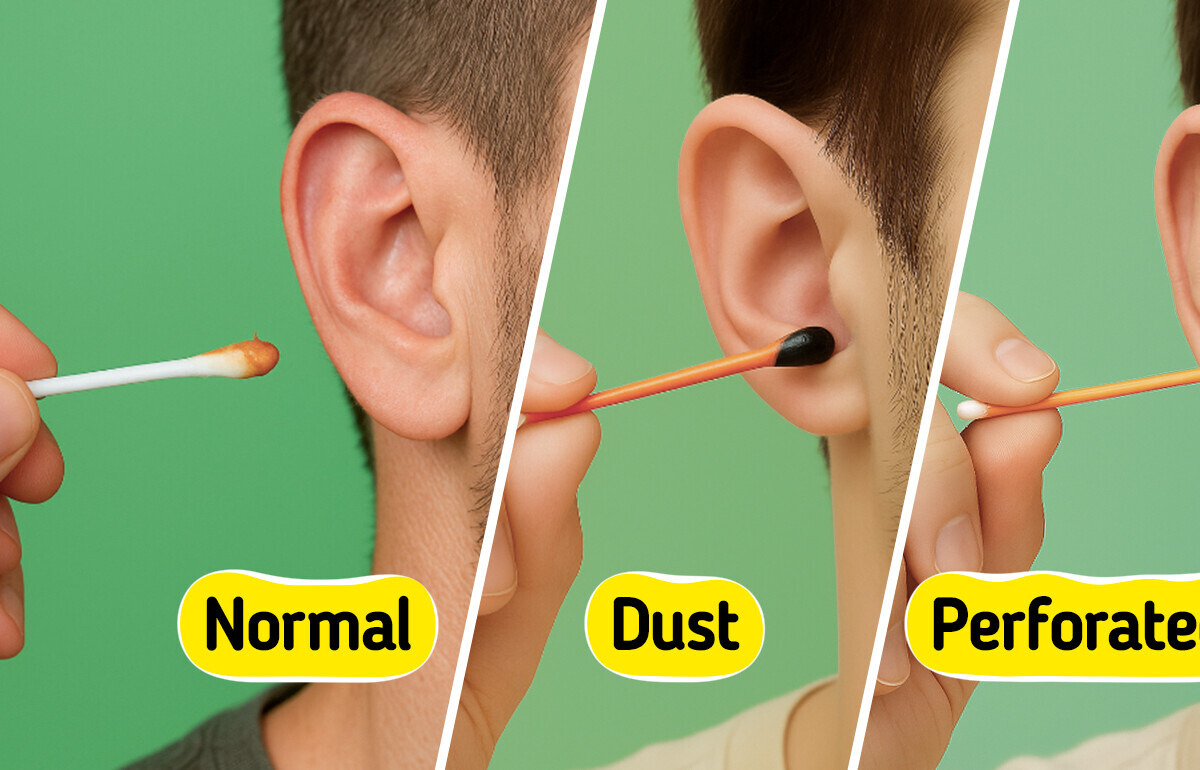
Most of us don’t give a second thought to earwax. It’s just one of those weird body things we clean and forget about. But what if we told you that this sticky substance might actually be sending you some important signals about your health?
Yep, your earwax could be a mini health detective, quietly dropping clues about what’s going on inside your body. Here are some surprising ways your earwax might be trying to tell you that something’s not quite right.
CONTENT IS PROVIDED FOR INFORMATIONAL PURPOSES ONLY AND IS NOT INTENDED AS A SUBSTITUTE OF MEDICAL ADVICE. SEEK GUIDANCE OF YOUR DOCTOR REGARDING
YOUR HEALTH AND MEDICAL CONDITIONS.
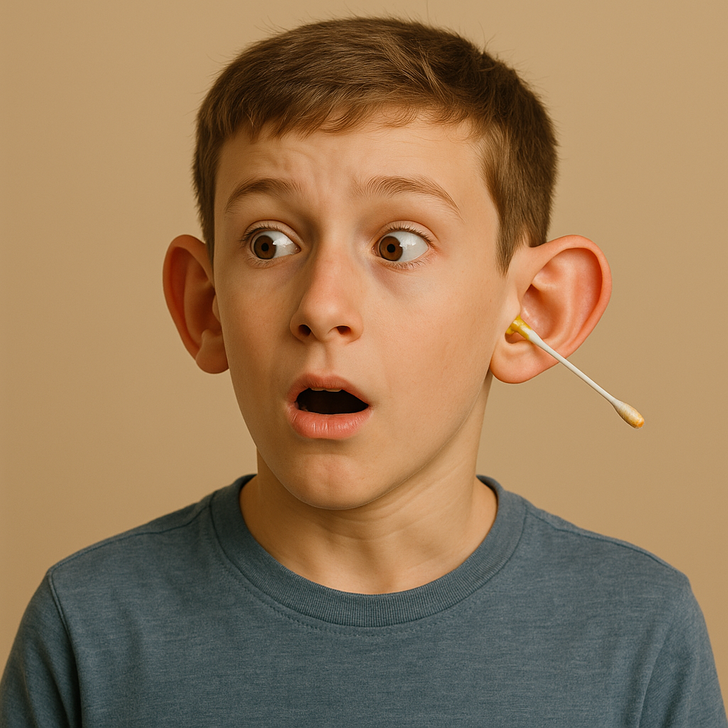
Before we get into the different colors of earwax, let’s talk about what’s considered normal.
Believe it or not, earwax isn’t just random gunk — it’s actually your body’s way of keeping your ears clean and protected. And depending on your genetics, your wax might be dry or wet. Both are totally normal, but they look and feel very different.
Dry earwax usually appears light yellow or grayish and has a flaky, crumbly texture. It starts out soft, but as it ages and collects dust and debris from the air, it can darken and become more brittle.
Wet earwax, on the other hand, is sticky and soft. It can feel thick or greasy, and like dry wax, it also changes color over time — from yellow to orange or even brown — as it picks up particles from your surroundings.
So if your earwax falls somewhere on this spectrum, you’re in the clear. But what happens when it doesn’t? Let’s take a closer look...
Black earwax
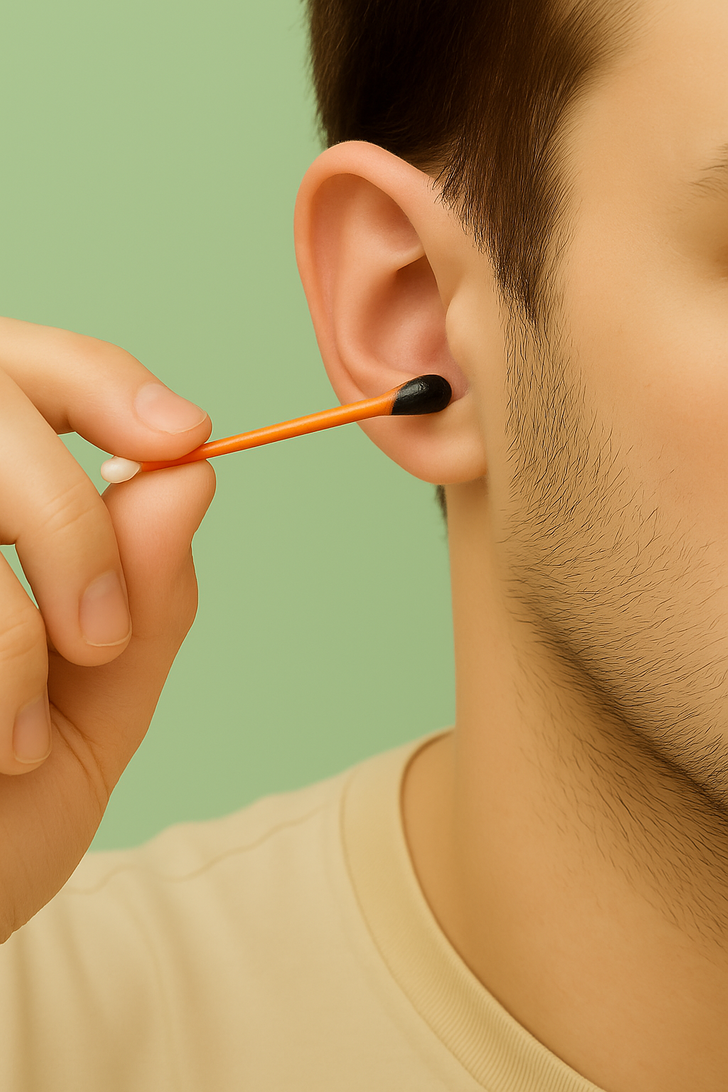
Spotting black earwax might seem alarming, but in most cases, it’s nothing to worry about. The dark color usually means the wax is just old. As earwax sits in the ear canal, it continues to collect dust, debris, and even tiny particles from the air. Over time, it can become more compacted and change color — sometimes turning very dark brown or even black. Depending on your type of earwax, it might be thick and sticky, or dry and hard. Both are normal.
If you work in a dusty or dirty environment — like construction, factories, or auto repair — you’re more likely to notice darker wax. That’s because your earwax is doing its job: trapping dirt before it gets deeper into your ear.
Dark brown earwax
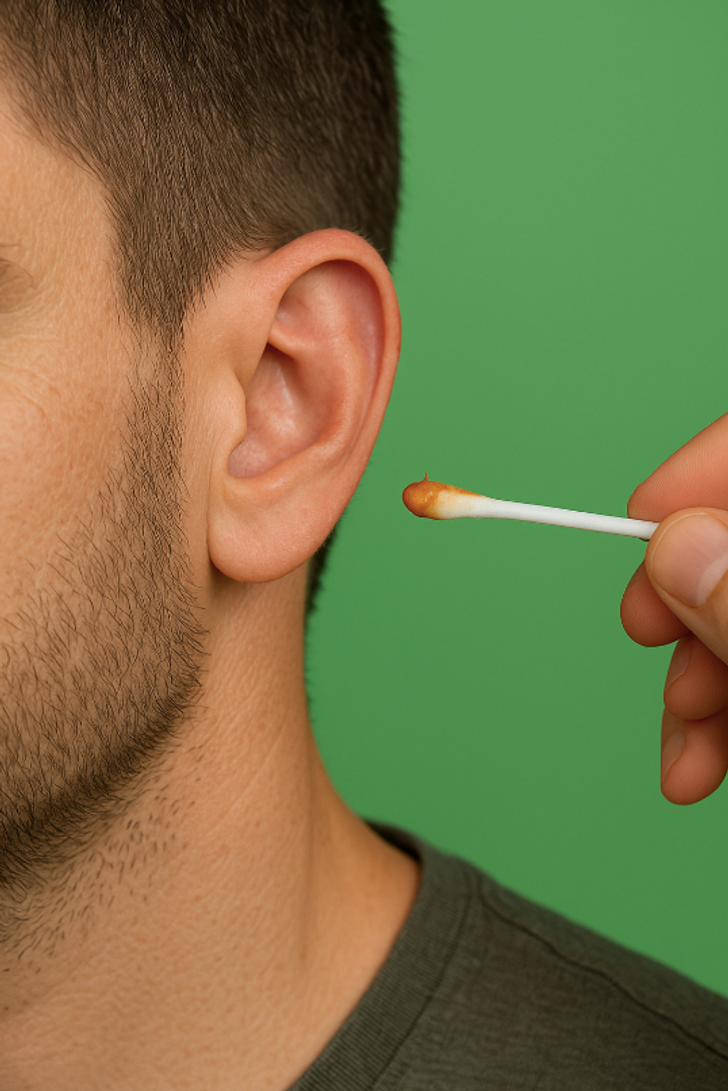
Seeing dark brown earwax? No need to panic — it’s still considered perfectly normal. In most cases, it just means the wax has been in your ear for a while.
But if you notice that your ears are producing a lot of wax regularly, it might start to cause problems. A buildup can lead to muffled hearing, a feeling of pressure, or even dizziness. In that case, it might be time to consider safe earwax removal — just don’t go digging with cotton swabs!
Green earwax
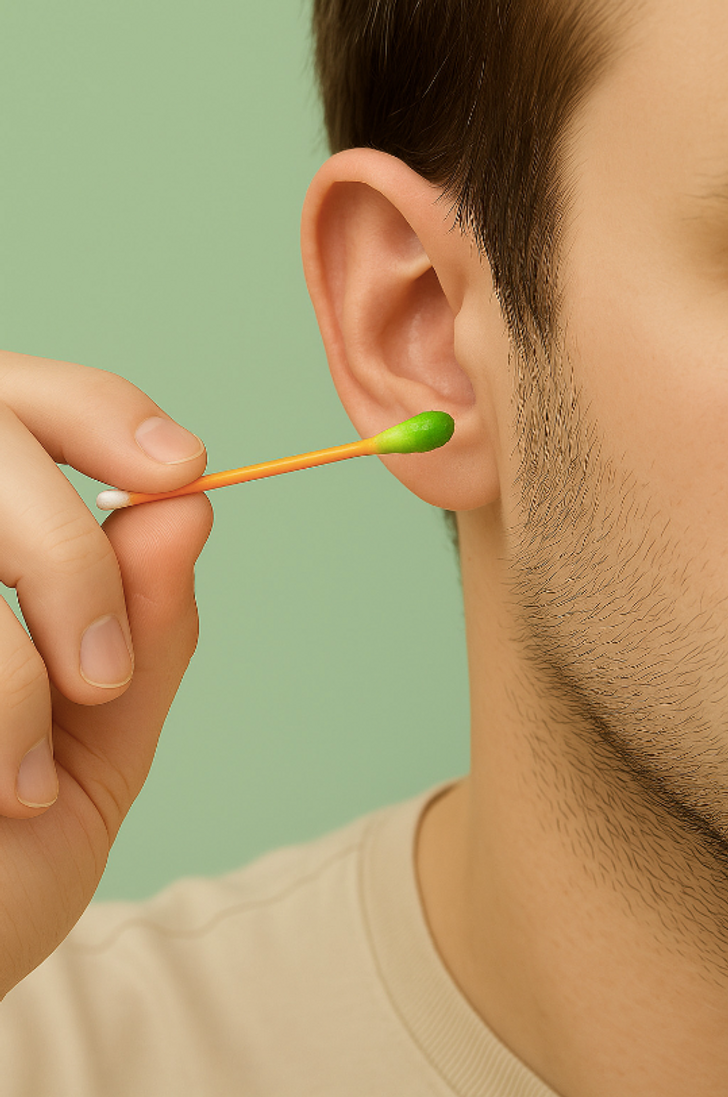
Green earwax is not typical and can be a sign that something is wrong. This unusual color often indicates the presence of pus or discharge from an ear infection. The wax may also have a strong or unpleasant smell, which is another warning sign.
Infections can cause the ear to produce excess fluid, which mixes with earwax and changes its appearance. Green, smelly earwax combined with symptoms like ear pain or pressure should never be ignored. Medical treatment is usually needed to clear the infection and prevent further complications.
White earwax
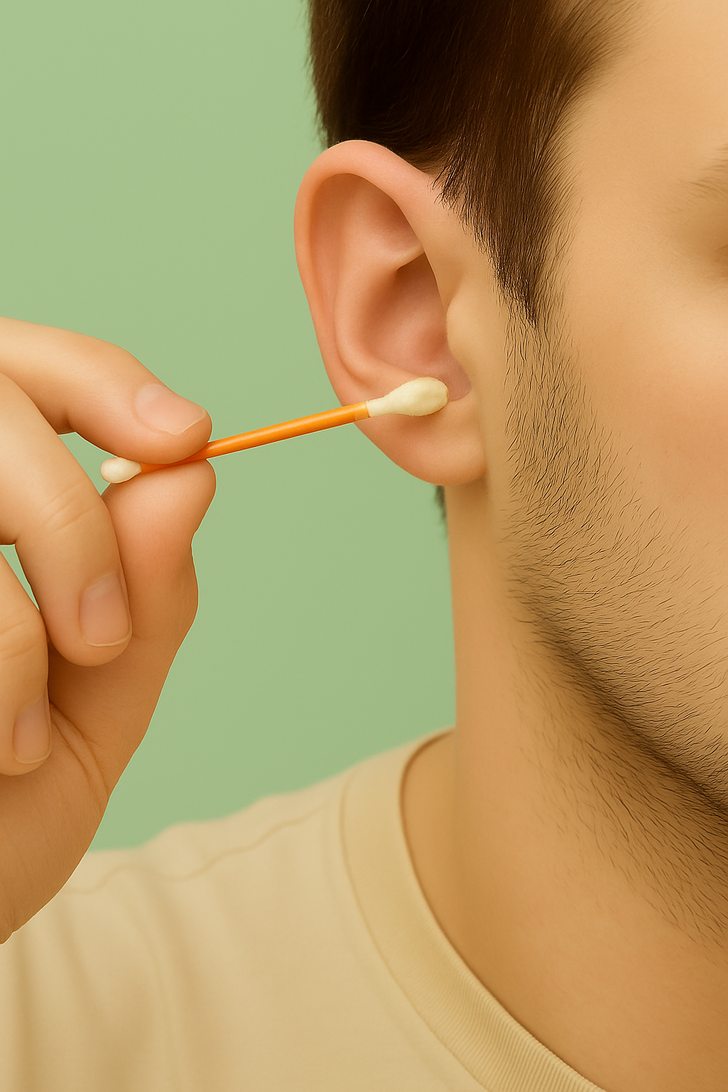
White or off-white earwax is one of those cases where knowing what’s normal for your body really matters. For some people, pale wax is perfectly normal, especially if they naturally produce dry earwax.
Certain ear drops or sprays can also lighten the color, making wax appear whiter than usual. However, if white wax shows up suddenly — especially if it’s paired with other symptoms like pain or discomfort — it could signal an ear infection.
Paying attention to changes in color, texture, and smell can help you catch potential problems early.
Red earwax
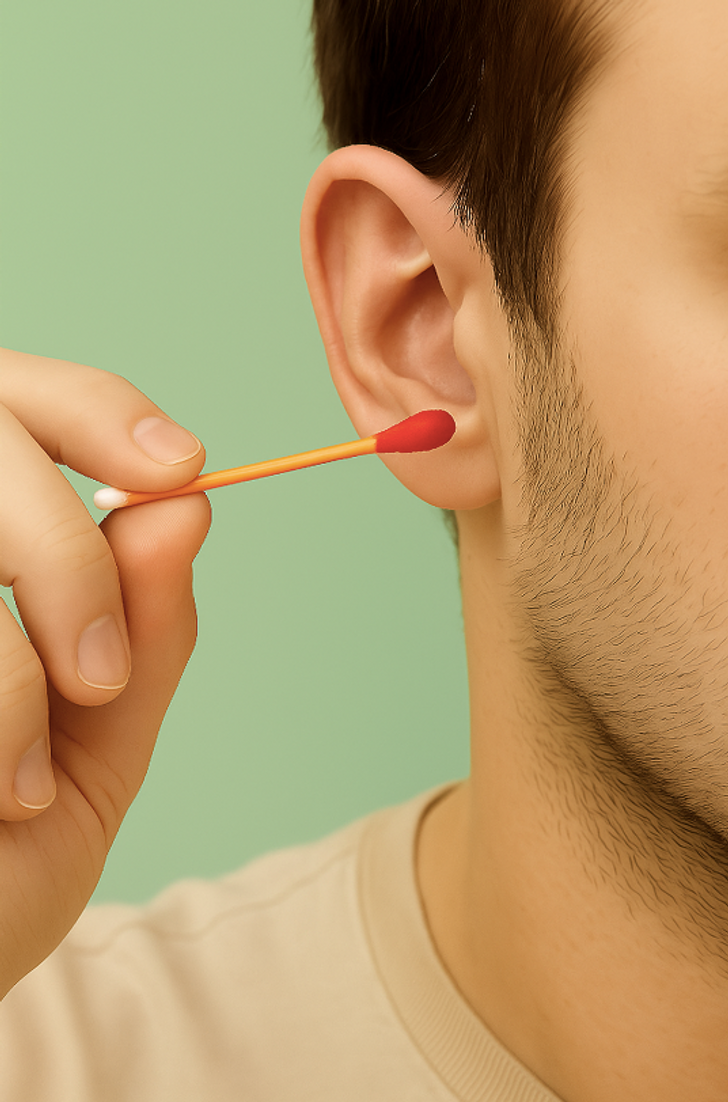
Red earwax often means there’s blood mixed in, which can be a sign of an issue inside the ear. This might be caused by a minor injury, like a small scratch in the ear canal — sometimes from using cotton swabs or inserting something too far.
In more serious cases, if the red wax is accompanied by a sticky or watery discharge, it could point to a perforated eardrum. This kind of damage can affect your hearing and balance, so it’s important to seek medical attention if you notice blood in your earwax, especially if it appears suddenly.
Keep your ears clean is a must for great hearing. Here are some other effective ways to improve your hearing.
Comments
Related Reads
20 Everyday Myths You Might Think Were True—Until Science Proved Them Wrong

23 Funny Stories With Unexpected Endings

My Coworker Reports Everyone to HR to Get Bonuses—So I Turned the Tables

14 People Who Walked Straight Into Awkward Moments

10 Stories That Prove Kindness Is the Ultimate Cure

20 Moments When Kindness Stepped In Like a Guardian Angel

I Refused to Give Up My Dream Home for My Sick Grandson

I Refuse to Be Exploited as a Free Babysitter on My Hard-Earned Retirement Cruise

15+ Mothers-in-Law Who Can Turn an Ordinary Day Into a Comedy Show

I Let My MIL Join Our Family Trip—And It Turned Into Chaos

My DIL Excluded Me From Our Family Trip Photos—But She Didn’t Expect My Revenge

15+ Raw Stories About Jealousy That Can Leave You Speechless
